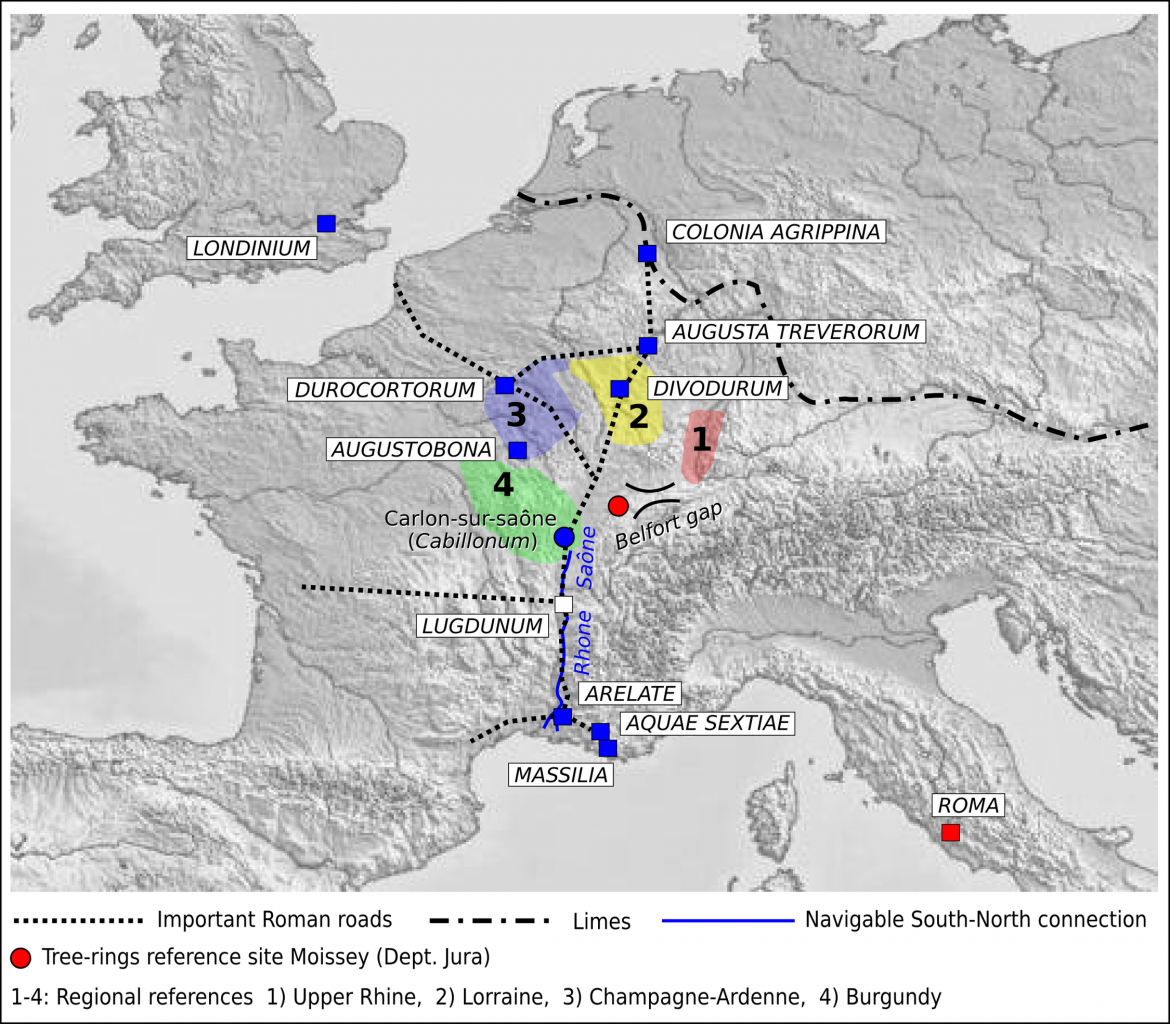In Jesus’ Time: The Ancient Art of the Deal
For thousands of years, different peoples have interacted with each other by fighting wars and also by trading. In addition to the conquests that built an empire like the world had never known before, the Romans traded extensively. As the recent excavation of a richly-decorated mansion (portico) in Rome’s center shows, that trade included transport of timber all the way from northern France to the Empire’s capital city.
Trade over vast distances in the ancient world was known. As Andre Lemaire explores in“Solomon & Sheba, Inc.” (Biblical Archaeology Review, January/February 2010), trade between the southern Levent, the “towns of Judah” and southern Arabia, a distance that may have been 1,200 or more miles, may have been common as early as King Solomon’s time. In addition to neo-Assyrian textual references, an inscription from a Sabaean (Sheban) Temple from the 7th century B.C.E. references a trade expedition to “Dedan, Gaza, and the towns of Judah.” Dedan was a northern Arabian city along the route from Sheba to Judah, that was mentioned as well as merchants of Sheba by Ezekiel in the Hebrew Bible (Ezekiel 27:22).
Commerce in timber was also known. Daniel M. Master and Lawrence E. Stager refer once again to Ezekiel (Ezekiel 27:3-25) in “Buy Low, Sell High: The Marketplace at Ashkelon,” (Biblical Archaeology Review, January/February 2014), which suggests various tree species came from Lebanon, Bashan (Syria), and Cyprus, again in the 7th century B.C.E, via the Mediterranean to the Philistine port city for trade. Their excavations revealed signs of a well-developed market economy, with a dedicated space for weighing silver as a medium of exchange to serve a diverse clientele.

Yet, the timber trade from ancient Roman provinces north of the Alps to Rome had thus far been speculation. It presented a great logistical challenge. There was not one sea to sail from France to Rome. The size and weight of the timber would have made an overland route infeasible, at least at a scale that would satisfy Rome’s needs.
Rome’s timber requirements were immense, for construction, heating, shipbuilding, and metalworking. After depleting nearby forests, the Roman Empire would need to bring wood in from greater distances. However, it is rare for wood remains to be found so researchers couldn’t verify how far, or the point of origin. Fortunately, the foundation of the Roman portico found under the city center was saturated with water, and the wood was preserved.
The evidence from twenty planks from the portico’s foundation is examined in the paper, “Dendochronological evidence for long-distance timber trading in the Roman Empire,” published in Plos One on December 4, 2019 by Mauro Bernabei, Jarno Bontadi, Rossella Rea, Ulf Buntgen, and Willy Tegel.
Thanks to advances in dendrochronology and tree-ring analysis, they have been able to establish that the planks were from Oak trees felled between 40 and 60 CE, almost 2,000 years ago, in the Jura Mountains of northeastern France. The planks came from trees up to 300 years old. Due to generally poor conditions for preserving wood, this is the first proof that timber from Roman provinces north of the Alps was used for construction in ancient Rome.
The authors conclude that the timber was floated by raft through the Saone and Rhone rivers, crossed the Mediterranean and then traveled up the Tiber to ancient Rome. It was a feat of long-distance trade and logistical prowess to bring such large goods across such a long and fragmented course. Yet, given the immensity of the need, they believe it must have been a transport that was undertaken on a regular basis.
The post In Jesus’ Time: The Ancient Art of the Deal appeared first on Biblical Archaeology Society.
See all posts in Biblical Archaeology News & Opinion
Upcoming Tours
We would love to walk with you in the Holy Land. Here are upcoming opportunities:
Jun 27 — Jul 09, 2024 Egypt & Jordan Walking Tour (easy pace)Led by George DeJong |
All trip dates subject to change.